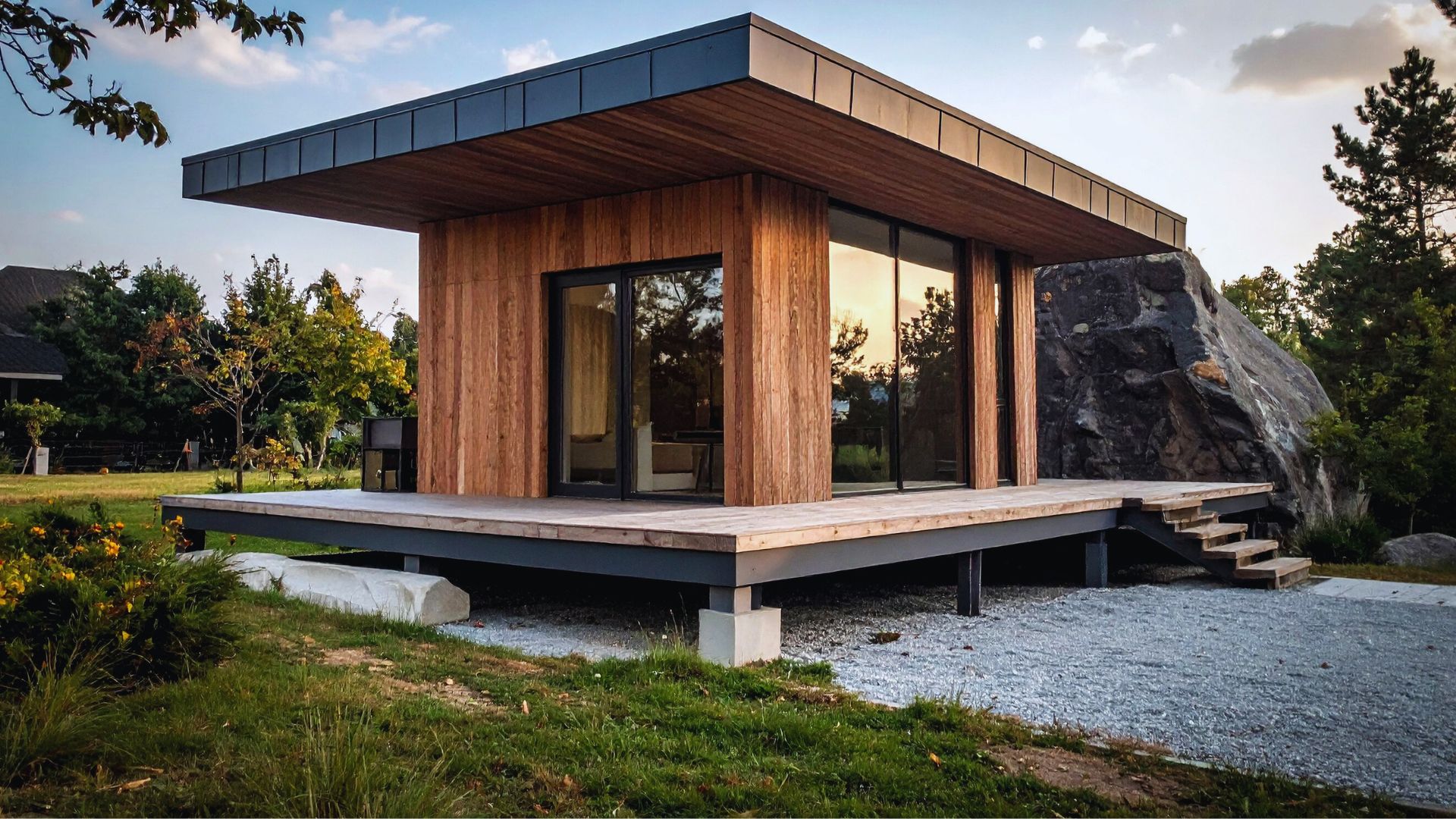How to Choose a Senior Living Community
Many people hesitate to leave their longtime home after retirement. For some, it feels like admitting something about their age they’d rather not confront. There’s also a strong emotional pull to staying independent, linked to how we see ourselves and what we associate with aging. But a senior living community doesn’t have to mean giving something up. Done right, it can mean gaining a simpler routine, a stronger support network, and more opportunities to stay connected and active. The best senior living communities offer not just care, but peace of mind and day-to-day convenience that’s hard to replicate at home.
What Is a Senior Living Community?
A senior living community is a residential setting designed for older adults who want varying levels of support that range from independent living to full-time care. These communities often include private or semi-private housing, shared amenities, and services like meals, transportation, and housekeeping. Some are focused on active, independent residents, while others offer structured care, including assisted living, memory care, or skilled nursing.
If you’re wondering what are senior living communities best known for, it’s their ability to combine housing, daily support, and long-term care into one adaptable environment. What sets these communities apart isn’t just medical oversight. It’s the design decisions that anticipate aging. Hallways are wider, lighting is more intuitive, and staff are trained to spot subtle health shifts before they escalate. Residents typically benefit from structured social programming, clear routines, and easy access to both wellness services and peer interaction.
As demand grows, more people are researching how to choose the best senior living communities for both comfort and continuity. Many of these communities are built around lifestyle preservation—helping older adults keep doing what they enjoy with less logistical friction. For those no longer interested in home upkeep or managing multiple services, a senior living community can offer convenience without sacrificing independence.
How to Choose the Right Senior Living Community
Location That Works for Everyone, Not Just You
You might like the scenery or weather in a place, but how easy is it for friends and family to visit regularly? A senior living community that’s convenient for others helps maintain your social ties. Frequent visits are more likely if your support system doesn’t have to rearrange their lives to see you. Think about proximity to grandchildren’s schools, airports, or regular family routes. A two-hour drive may sound manageable now, but weather, traffic, and scheduling can quickly turn that into a barrier. The fewer obstacles loved ones face, the more likely they’ll stay actively involved.
Day-to-Day Culture
Don’t rely on brochures. Visit more than once and ideally without an appointment. Talk to residents. Ask questions like, Do people seem engaged? Are staff members approachable and consistent? Does the energy feel warm, quiet, busy or relaxed? A polished tour can’t replace what you see when no one’s expecting you. Sit in on an activity and see if it’s resident-led or just staff-run filler. Watch how residents interact with each other. Do people know each other’s names, or is everyone siloed? A senior living community that functions more like a neighborhood than a facility tends to promote longer-term satisfaction.
Community Leadership and Resident Voice
Look beyond the care staff. Find out who runs the place. Is there transparency about decisions? Do residents sit on boards or committees with actual input? A well-run facility will make governance part of the conversation, not hide it behind glossy PR. Ask to see minutes from recent resident council meetings. If leadership turnover is high or information flows only one way, that’s a red flag. A community that invites feedback but shows no signs of acting on it is still just top-down management in disguise.
Medical Access and Flexibility
Some senior living communities require you to switch doctors or use in-house care. Others let you keep existing providers. Ask early. Also, check how they handle emergencies. Who gets called, what protocols exist, and how families are kept in the loop. Clarify how medication management works and who’s responsible for follow-up appointments. See if there’s a nurse or care manager available 24/7, or only during business hours. Gaps in after-hours care often go unnoticed until something serious happens.
What the Fee Structure Really Covers
Entrance fees and monthly rates vary, but the real question is: What’s included? Some places bundle meals, housekeeping, and utilities. Others charge piecemeal. Ask for a full fee schedule and then ask what’s not on it. Watch for escalation clauses that may affect affordability over time. Don’t just compare monthly rates. Compare total projected costs over five to ten years. Inquire about refund policies if you leave the community or your health changes significantly. Some contracts lock in prices for life, but others don’t.
Resident Transitions Within the Community
How easy is it to move between independent living, assisted care, and memory units if your needs change? Will you have to relocate to a different part of the campus or even a different facility? The smoother the transition, the less disruption to your routine and support network. Ask whether your apartment or unit changes if your care level does. Moving again during a health decline is more stressful than most people expect. Some senior living communities allow aging in place with support brought in, which may delay or avoid more disruptive shifts entirely.
Social Fit and Purpose
This part gets overlooked, but matters long-term. Do you see groups or clubs you’d actually join? Are there opportunities to contribute, not just be entertained? Communities where residents stay mentally and socially active tend to have better outcomes on everything from health to mood. Ask how new residents are introduced to others. A strong welcome process can make the first six months much easier. Check if residents can start their own activities or if all programs are top-down. The best senior living communities often support resident-led initiatives, giving people a sense of ownership and purpose.
If you’re thinking about transitioning to a senior living community, a local REMAX agent can help you manage the move with less stress. They can assist with selling your current home and finding housing that fits your lifestyle and needs. Reach out for clear, practical support and guidance on how to choose the right senior living community for your situation.





